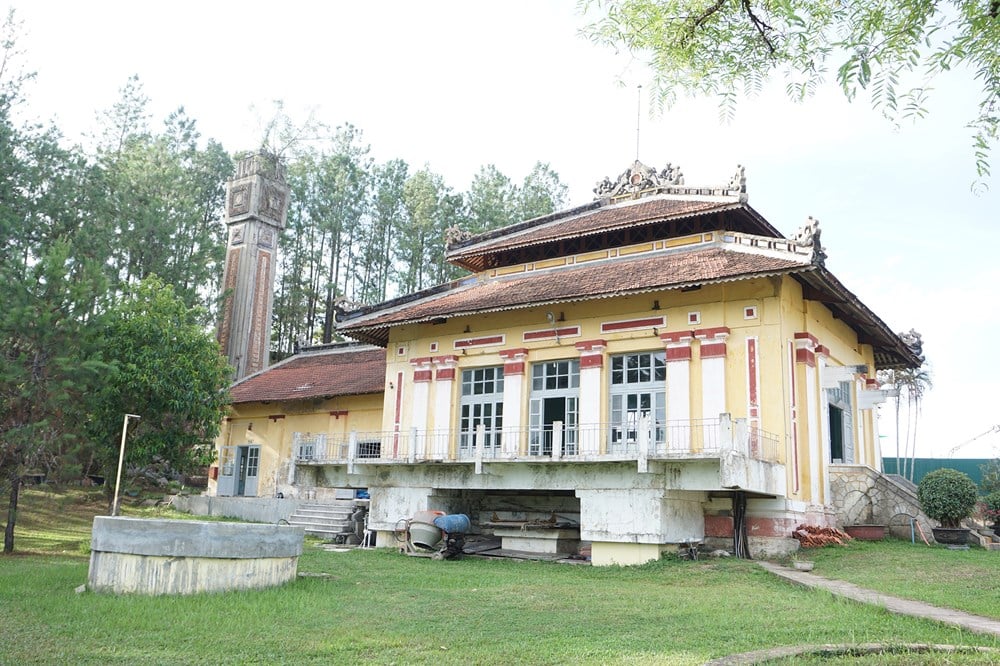
French architectural works built in the late 19th and early 20th centuries contributed to the embellishment and development of Hue's urban landscape. Most of these structures were built along the southern bank of the Perfume River, gradually expanding along the An Cuu River and the southern area.
Many buildings still remain along central streets such as Le Loi and Ly Thuong Kiet... Many researchers refer to this as the French colonial urban space or the "Western" quarter.
Many projects were "missed from the list".
According to Dr. Phan Tien Dung, Chairman of the Hue City Historical Science Association, the system of French architectural works in Hue includes government buildings, service facilities, educational , cultural, sports, religious, transportation, and production facilities.
During this period, along with buildings constructed in the European style, many historical and cultural architectural structures in Hue also showed the influence of East Asian and Western architectural and decorative art, typical examples being: Kien Trung Pavilion, Thai Binh Pavilion, Truong An Gate, Chuong Duc Gate, Hien Nhon Gate (Hue Imperial Citadel), An Dinh Palace, Kien Thai Vuong Prison, Khai Dinh Prison…
In addition, there are many French-style villas on some main streets, and hundreds of villas were built in the Bach Ma resort area (now Bach Ma National Park)...
According to statistics, there were nearly 250 French-built architectural works in Hue; however, currently, fewer than 70 remain. Most of these French-built structures were constructed more than a century ago and have been affected by war, time, and the harsh climate of Hue, resulting in significant deterioration.
Many buildings have been destroyed, and the remaining structures are in a state of disrepair. Furthermore, due to changing uses, many buildings have undergone extensive renovations and repairs, disrupting their original design and aesthetic appeal. In addition, due to the rapid urban development in Hue, French architectural structures have gradually been reduced in number.
In 2018, the People's Committee of Thua Thien Hue province (now Hue City) issued a decision to announce a list of 27 typical French architectural works in the area to provide a basis for conservation and promotion of their value. Of these, 11 works are managed by state agencies, and 16 are owned by organizations. However, some argue that this list is not "complete" because some existing works were "missed," while some works built in a later period were included.
According to many researchers, the French-planned and constructed buildings south of the Perfume River demonstrated respect for the overall architecture of the Hue Imperial City.
The planning and division of the Perfume River into two parts with distinct functions is structured similarly to how the Seine River in France divides Paris into two areas: one concentrating cultural, historical, and architectural landmarks, and the other for administration, commerce, and trade. Furthermore, the design of the structures ensures harmony between nature and architecture, avoiding any visual conflict.
According to architect Nguyen Ngoc Tung, Head of the Architecture Department (Hue University of Science), French architectural works in Hue are divided into six styles, with the majority being influenced by classical (or neoclassical) and local French styles.
Le Loi Street, along the southern bank of the Perfume River, is known as the "Western" street, and many buildings still remain. These buildings were constructed between 1900 and the 1940s; although some have been demolished, and existing structures have undergone renovations and expansions, the overall architectural form of most buildings remains largely intact. This creates a vibrant atmosphere and provides a basis for developing solutions to preserve and promote the value of these buildings.
There is a need to implement the preservation of "sample" specimens.
Currently, many buildings have exceeded their permitted lifespan, and are deteriorating and gradually falling into disrepair, but renovations lack the necessary legal documentation. Some French-style buildings, when handed over to owners for the purpose of providing workspaces and living quarters, have undergone renovations that distort and affect the structure and aesthetics of the architecture. To date, the local authorities have yet to implement any policy for the preservation of French-style buildings.
Among the French architectural works, three related monuments have been recognized: Quoc Hoc High School for the Gifted, Hue Industrial College, and Van Nien Waterworks. However, this number is still quite small compared to the number of existing structures.
According to Dr. Phan Tien Dung, in order to preserve French architectural styles, it is necessary to establish a Council to carry out the procedures for selecting, cataloging, evaluating, and classifying villas and French-style architectural works into groups according to the regulations of Circular 38/2009/TT-BXD of the Ministry of Construction on guiding the management and use of villas in urban areas.
Simultaneously, establish policy mechanisms to support conservation (groups 1 and 2); identify structures of little value (group 3) that can be demolished when needed for construction or urban landscape enhancement.
The Chairman of the Hue City Historical Science Association also suggested that it is necessary to select and restore a number of architectural works to serve as "models" for agencies and individuals owning French-style architectural works to learn from and refer to, applying techniques to carry out repairs and preservation. Selecting projects to preserve French-style architectural works is extremely necessary, as has been done in some localities such as Hanoi, Ho Chi Minh City, Hai Phong, and Ca Mau.
Furthermore, it is necessary to implement research projects, conduct inventories of historical and cultural sites, select those to be included in the list, establish dossiers, and continue research and evaluation based on the criteria of the Law on Cultural Heritage and Government Decrees to consider ranking historical and cultural sites and works…
Initially, we can create dossiers for several structures such as Hue Railway Station, Tu Do Stadium, the Central Vietnam People's Representative Institute (Hue University), and Hue Post Office to propose their classification and placement of commemorative plaques marking these structures and events.
Source: https://baovanhoa.vn/van-hoa/ung-xu-the-nao-voi-cong-trinh-kien-truc-phap-o-hue-147574.html



![[Photo] Closing Ceremony of the 10th Session of the 15th National Assembly](/_next/image?url=https%3A%2F%2Fvphoto.vietnam.vn%2Fthumb%2F1200x675%2Fvietnam%2Fresource%2FIMAGE%2F2025%2F12%2F11%2F1765448959967_image-1437-jpg.webp&w=3840&q=75)
![[Photo] Prime Minister Pham Minh Chinh holds a phone call with the CEO of Russia's Rosatom Corporation.](/_next/image?url=https%3A%2F%2Fvphoto.vietnam.vn%2Fthumb%2F1200x675%2Fvietnam%2Fresource%2FIMAGE%2F2025%2F12%2F11%2F1765464552365_dsc-5295-jpg.webp&w=3840&q=75)



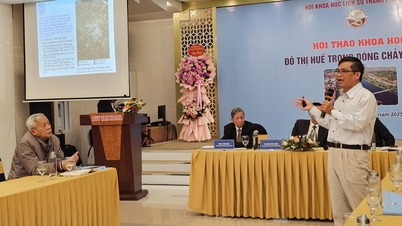



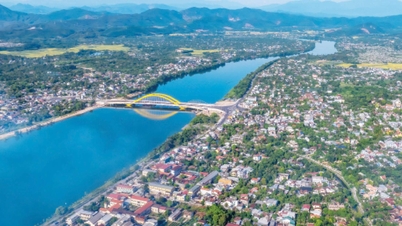
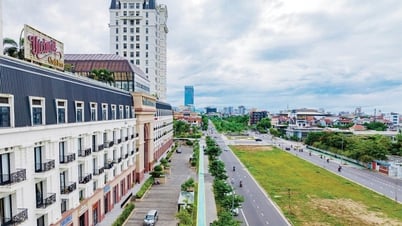
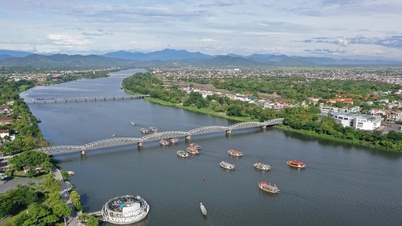


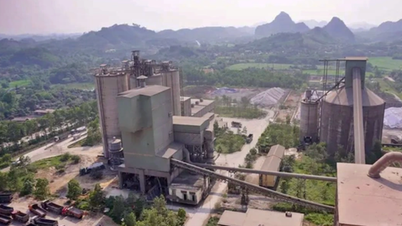



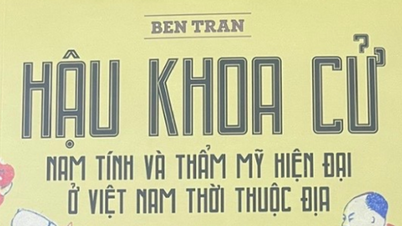














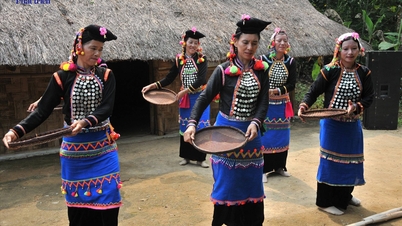
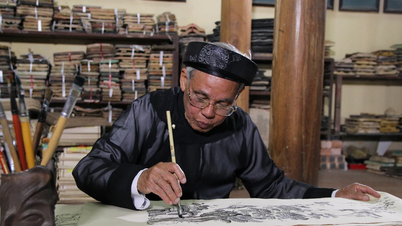
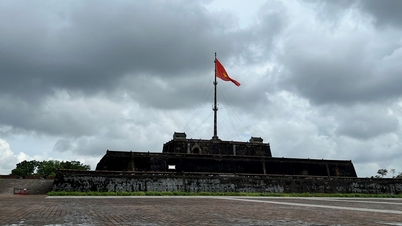
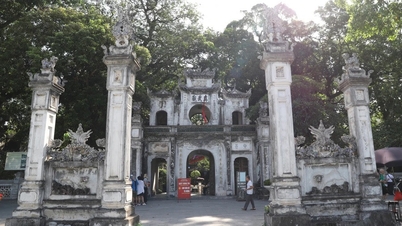



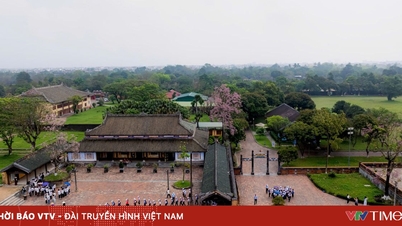








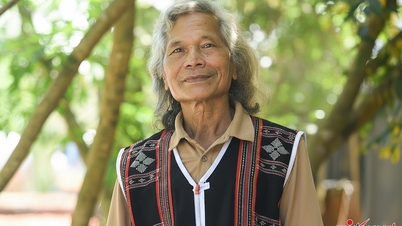



![[OFFICIAL] MISA GROUP ANNOUNCES ITS PIONEERING BRAND POSITIONING IN BUILDING AGENTIC AI FOR BUSINESSES, HOUSEHOLDS, AND THE GOVERNMENT](https://vphoto.vietnam.vn/thumb/402x226/vietnam/resource/IMAGE/2025/12/11/1765444754256_agentic-ai_postfb-scaled.png)


















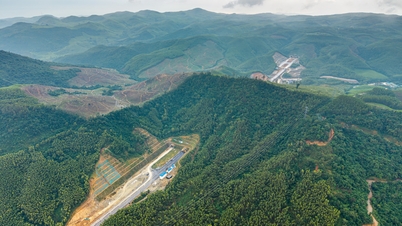
































Comment (0)